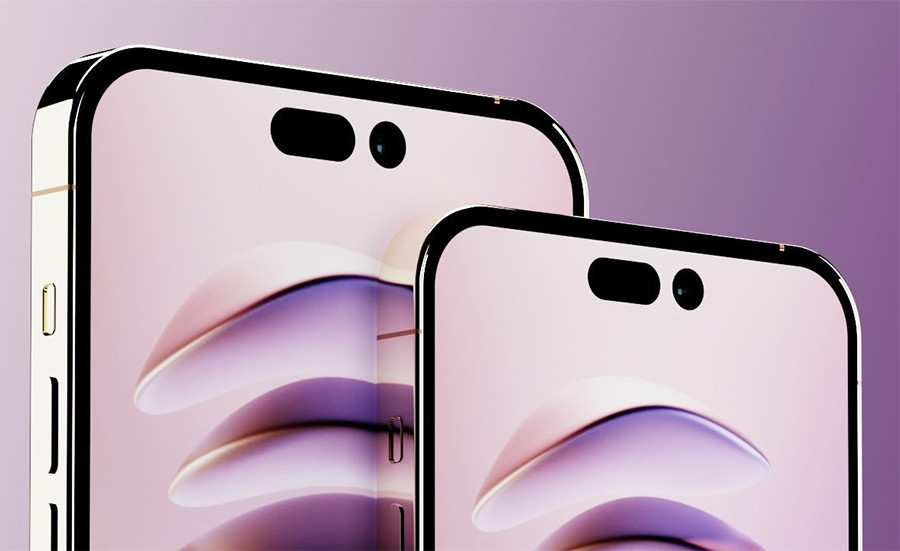Google is famous for its ambitious projects, ahead of its time such as AR platforms, ‘jigsaw puzzle’ phones… but most of them have been discontinued.
Nexus Q
Nexus Q launched in 2012, is a device that transmits content from Google Play to audio and video playback devices. The product has a globe-shaped design with a number of connection ports.

Image: Gizmodo
The product quickly attracted attention but failed right from the start for a variety of reasons. Instead of creating its own operating system, the Nexus Q runs a customized version of Android with few features, limited because it can only be controlled from an Android tablet or smartphone over Wi-Fi. Online services are also only encapsulated in Google’s platforms such as Google Music, Google Play and YouTube without third-party applications like Netflix or Spotify. In 2013, Google gradually stopped producing Nexus Q.
Google Glass
The Google Glass smart glasses are equipped with a 5-megapixel camera that supports 720p HD video recording, Wi-Fi and Bluetooth support, and built-in headphones that use bone sound transmission technology. Close to the frame of the glasses is also a small screen, allowing users to view information.

Image: Google
Google Glass was considered the device of the future, but failed due to few features, perishability, concerns about the risk of privacy violations and especially the expensive price of $ 1,500 at that time.
Google Project Tango
The Tango platform, launched in 2014, is Google’s attempt to get ahead of its time in bringing AR to phones. However, the wrong approach caused this virtual reality interactive technology to die prematurely.

Image: Google
Specifically, Tango requires phone manufacturers to deploy expensive hardware to simulate and build 3D spatial networks. Tango technology itself is commendable, but smartphones that support them considered cumbersome, expensive and slow, and the application support is also limited. Finally, the platform was “killed” by Google in 2018, leaving only the “soul” of ARCore for later applications.
Daydream

Image: Pocket-lint
This is another effort of Google in popularizing VR and AR virtual reality technology. After the success of low-cost Cardboard, Daydream version was born in 2016 and is designed with high-end design, making it more comfortable to wear. However, the limited functionality caused the product to quickly fall into oblivion. Google discontinued the device in 2019.
Project Ara
Google’s Project Ara has been known to many for its ambition to build a customized phone that eliminates the need to cram features into a tiny device. They only need to choose the most important component module and when needed, they can supplement and replace it according to their needs.

Image: The Verge
Although expected to be the phone of the future, Project Ara soon fell into oblivion due to the fact that swapping the actual modules is not as simple as the idea, the software is difficult to compatible, and few manufacturers participate in making the modules. The “jigsaw puzzle” phone project was born in 2015 and was killed a year later, when no commercial version had been released to the market.
Bao Lam
at Blogtuan.info – Source: vnexpress.net – Read the original article here



